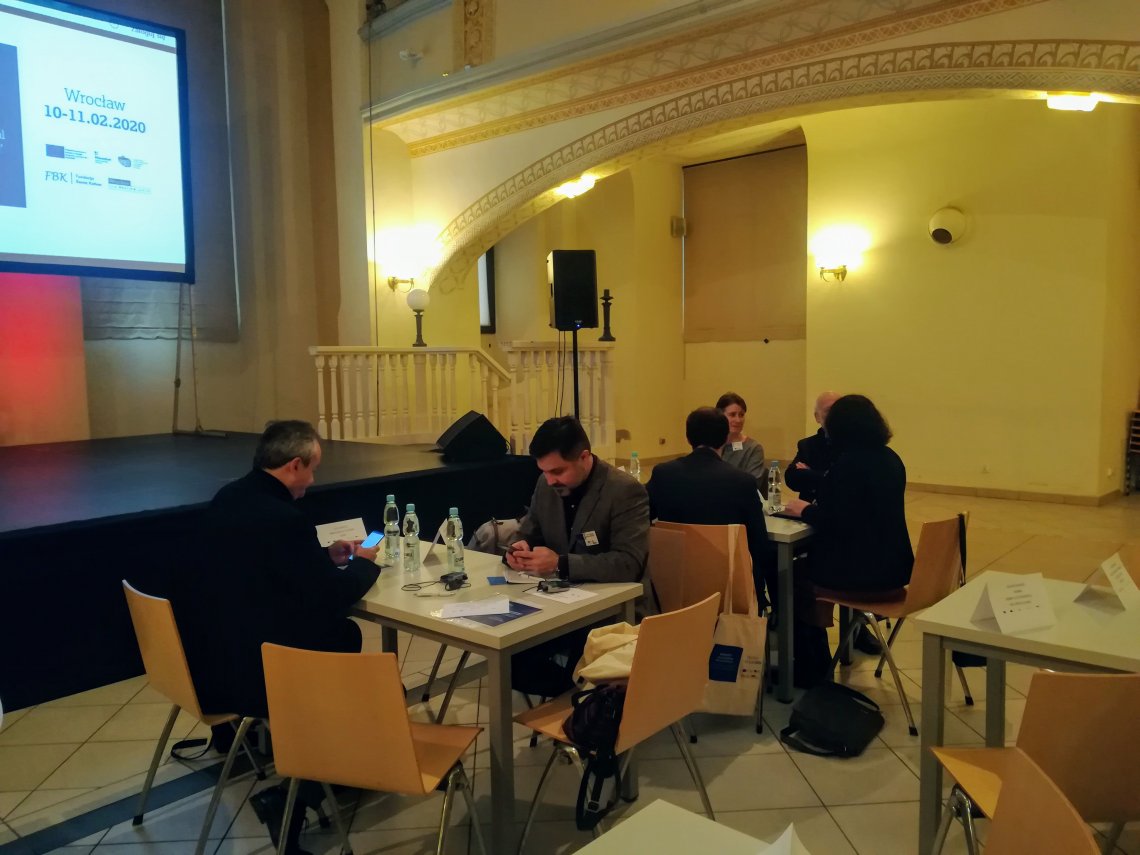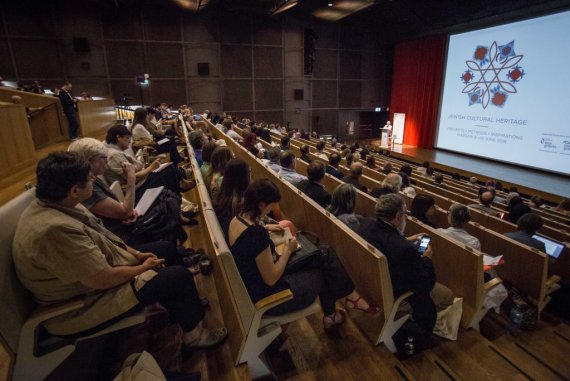Academic Advisory Board
In April 2016 the Prime Minister of Rhineland-Palatinate, Malu Dreyer, called together a scholarly advisory board composed of renowned national and international scholars from various disciplines. This committee has accompanied the application to the UNESCO.
|
Prof. Dr. Elisheva BAUMGARTEN (Jerusalem) Prof. Dr. Michael BROCKE (Essen) Prof. Dr. Eva HAVERKAMP (München) Prof. Dr. Johannes HEIL (Heidelberg) Prof. Dr. Elisabeth HOLLENDER (Frankfurt a.M.) Prof. Dr. Ephraim KANARFOGEL (New York) Prof. Dr. Hans-Rudolf MEIER (Weimar) Prof. Dr. Norbert NUSSBAUM (Köln) PD Dr. Lucia RASPE (Berlin) Dr. Birgitta RINGBECK (Berlin) Prof. Dr. Sarit SHALEV-EYNI (Jerusalem/ USA) Rabbiner Aharon Ran VERNIKOVSKY (Mainz) |
Projects
Please do see under »Retrospect« what conferences and events were held.
A workshop for students, organized together with the German National Committee for Monument Preservation in September 2010 in Worms focused on the urban development of the Jews’ Alley and the surrounding area. The ideas should be taken up again and discussed as well as developed further within the scope of the management plan.
In autumn of 2011 an initial meeting conference on the ShUM-cities, organized by the Directorate General of Cultural Heritage Rheinland-Pfalz, took place at the State Museum Mainz. Experts exchanged ideas on the current state of research and published new insights. A conference transcript is available.
In the autumn of 2013 participants and speakers came to Worms to attend the conference »The cultural profile of the ShUM-Community«. The conference was chaired by Prof. em. Karl Erich Grözinger, cooperation partner together with the Center for Jewish Studies Berlin-Brandenburg, the University Potsdam und the Bar Ilan University. A conference transcript is available.
Currently the inventory, deciphering and contextualization of the gravestones of the Holy Sands-Cemetery are being carried out under the management of Professor Michael Brocke, who has explored, researched, and assessed numerous cemeteries in this way, also the Jewish cemetery at Börneplatz in Frankfurt/ Main. A comprehensive publication on Cemetery Heilige Sand will be published soon. Prof. Brocke is supported by the Antiquity Association Worms.
The cemetery Judensand in Mainz will be assessed and protected with the support of a scientific project geared towards conservation of monuments. More information about this project will be available here soon.
The Arye Maimon Institute for Jewish History at the University of Trier is one key academic institution in research for the World Heritage application and works closely with the Ministry for Science, Qualification and Culture Rheinland-Pfalz. The current project focuses on the immaterial heritage.
Even as early as in the high Middle Ages the Jewish communities in Mainz, Worms, and Speyer were considered models for Jewish life and living in Ashkenaz, i.e. the German states on the Rhine and the Donau, and later also in Upper Italy and Central‑/East-Europe. This role model function is visible in the long-standing validity and with relevance even today in the broad area of the Jewish teachings in religious laws and in the synagogue literature as well as in specific shaping of religious practice. This immaterial cultural heritage arose in the concrete special surroundings of the medieval cathedral cities on the Rhine and in the confrontation with the christian environment – including reacting to provocations in the form of persecution and threats; this reacting found expression, for example, in a special worshipping of the Jewish martyrs in the religious practice and in the cult of the synagogues. Communal and social innovations, that are recognizable here at an early stage, also make a broad impact in the Jewish world – visible, for one, in the construction of monumental Mikva'ot and special women’s shuln as an expression of the gender relationships within the Jewish community and families. The reputation of their legal scholars, the synagogue poets and their sages was, in the memories of later generations, always associated with specific places – especially with certain graves in the cemeteries, but also with localities in each of the relevant residential areas.


